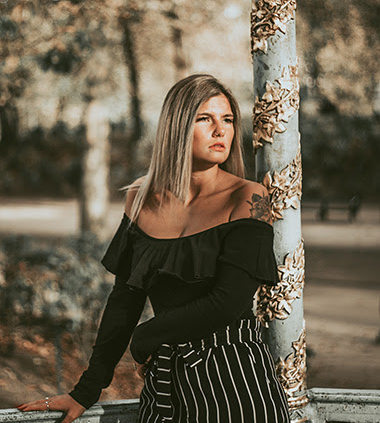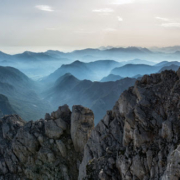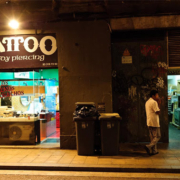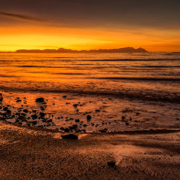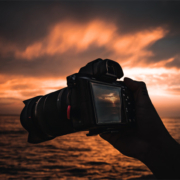What Lenses Work Best for Beautiful Background Blur?
Here is a portrait that uses background blur to make the model pop from the background.
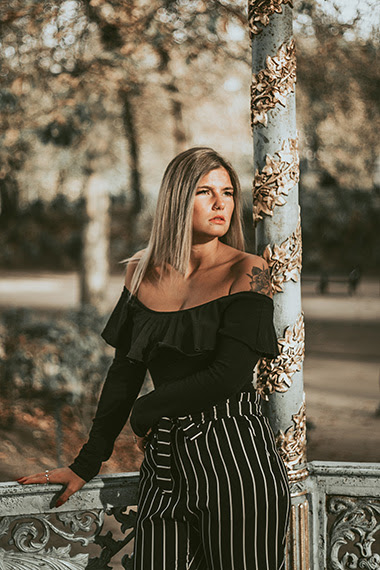
Background blur is an excellent composition tool to set your subject apart from their surrounding areas. It’s another way of saying “minimum depth of field”.
Newer photographers, with entry-level equipment, often find the idea of background blur difficult, because no matter what they do they cannot create the effect.
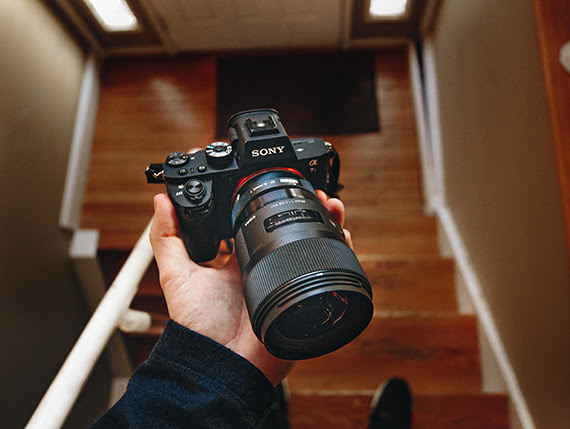
Blurring a background requires several elements of photography to be successful. First and foremost is the lens.
For that reason, in this article, we will concentrate on lens selection to create optimal background blur.
Quick Tip
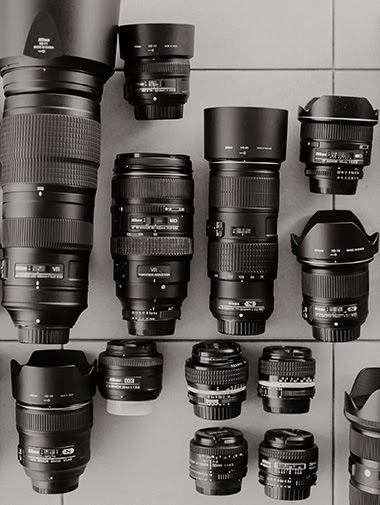
Your first consideration when blurring a background is the focal length of the lens.
The longer the focal length, the more blur will be created at a given f-stop.
For example, at f/2.8, a 200mm lens will create more background blur than a 50mm lens.
Wide-angle lenses will not create a noticeable background blur effect at any f-stop.
Any lens wider than a “normal” field-of-view lens will create a negligible background blur, even when you have set the f-stop to the widest opening.
A normal field of view is between 50 and 55mm for a full-frame sensor and 28-34mm on a camera with an APS-c sensor.
A “normal” lens is one that closely mimics the field of vision for the human eye.
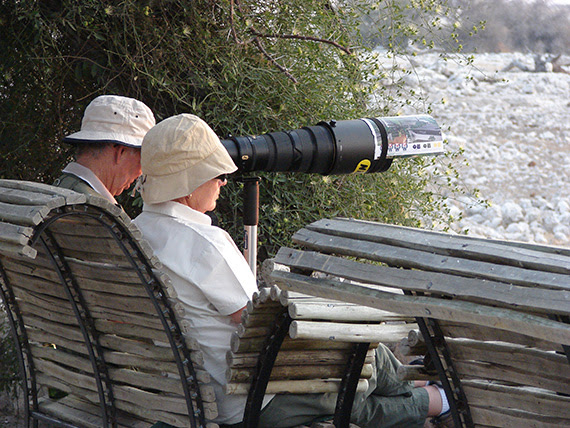
The lens in the image above is most definitely not a “normal” lens. A very long telephoto lens like this would create background blur even at smaller apertures!
What about the relationship between aperture and background blur?
The photographic term “fast lens” refers to the largest aperture available on the lens. A lens with a very wide maximum aperture is a faster lens than a similar lens with a smaller maximum aperture.
This fact of optics is why creating background blur with kit lenses is difficult to impossible. They generally have a smaller maximum aperture.
The lens above has a maximum aperture of f/1.4. This lens would be considered very fast, and it would be extremely efficient at creating background blur.
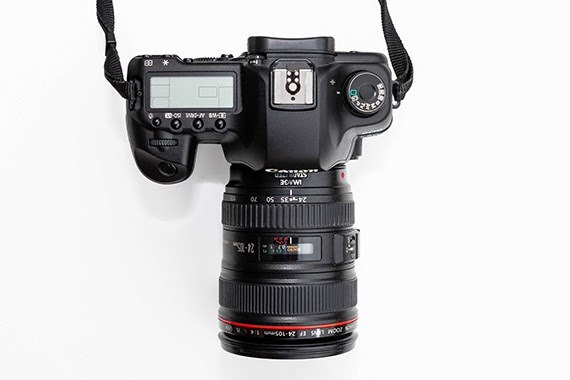
This Canon 24-105mm zoom lens has a maximum aperture of f/4. This lens is not as fast a lens as compared to the previous example, where the maximum aperture was f/1.4.
Some lenses display the aperture scale outside the lens (such as the Nikon 85mm).
Other lenses only display the aperture scale inside the viewfinder, such as Canon 24-105mm zoom lens.
Most lenses have variable apertures. The one exception is mirror lenses. They have a fixed aperture, usually around f/8.
Quick Tip
With a zoom lens (variable focal length), such as the Canon example, the lens will create more background blur at a longer focal length setting versus a shorter focal length setting.
For example, this Canon lens set at the maximum aperture of f/4 will create more background blur at the 105mm focal length setting versus the 24mm focal length setting (where it would create little to no background blur).
Conclusion: When selecting a lens for background blur…
- A lens with a longer focal length works better than a shorter one.
- A lens with a wider maximum aperture works better than a lens with a smaller one.
- A “fast lens” is one that has a large maximum aperture (f/2.8 or larger).
- Kit lenses, as a general rule, are not very fast and therefore do a poor job of creating background blur.
- Wide-angle lenses are also a poor choice for creating background blur.
- A lens focal length starting at a “normal” field of view (matching the human eye) and escalating toward longer focal lengths (telephoto) creates the best background blur.
- When using a zoom lens (variable focal length), the longest focal length will create a better background blur than the shorter focal lengths at the maximum aperture.
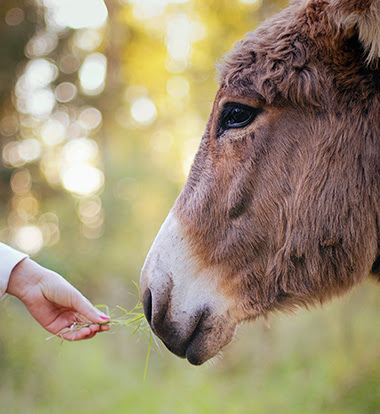
Note: Some zoom lenses have a “variable” maximum aperture. You would want to consider this when choosing a focal length for background blur with a zoom lens.

